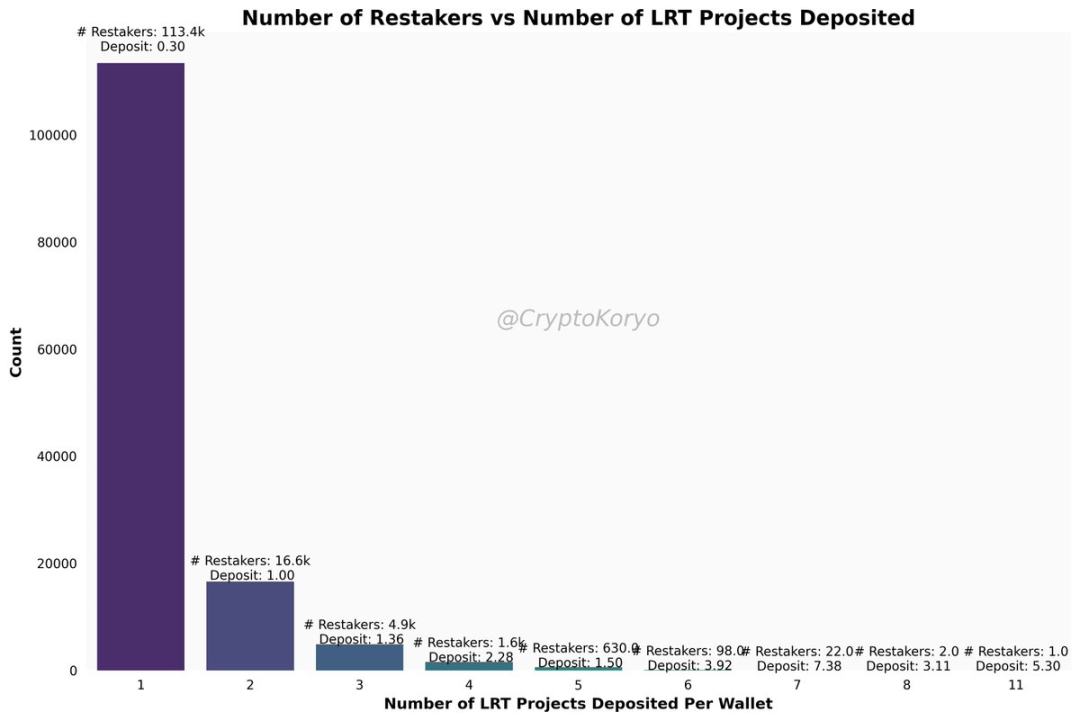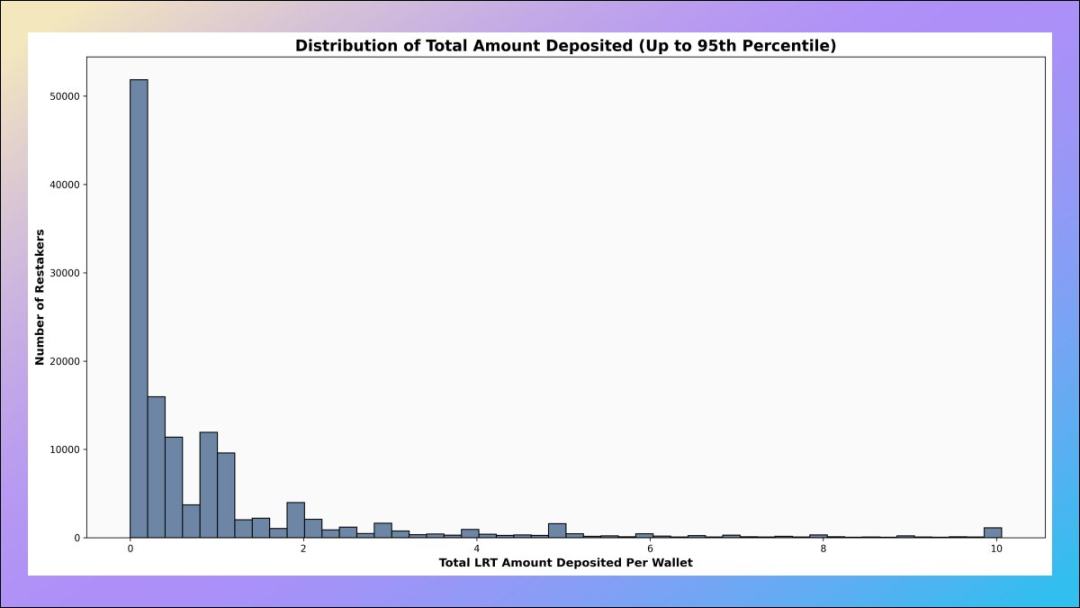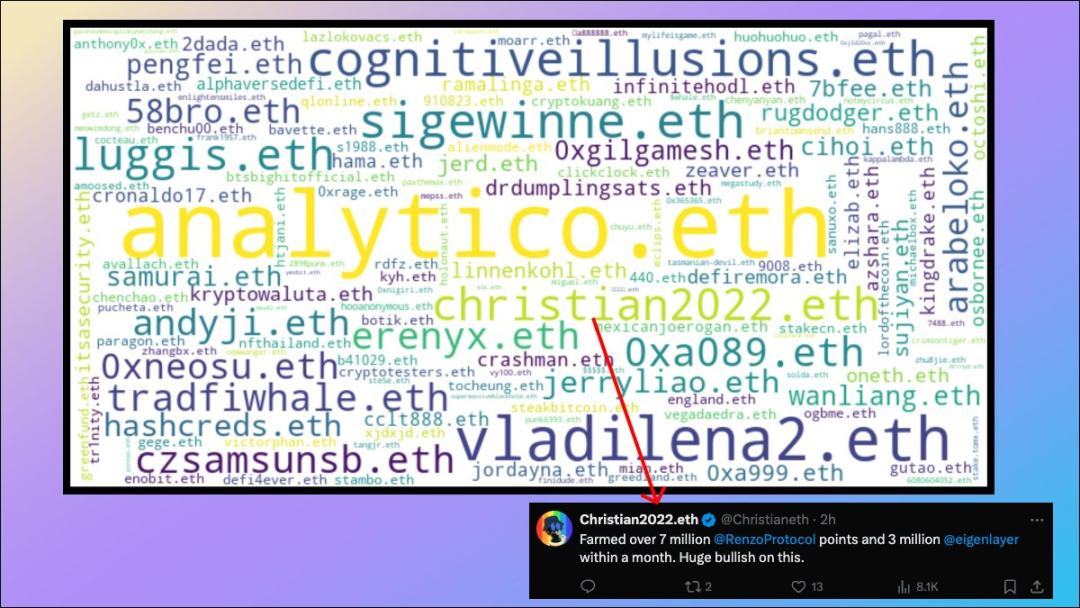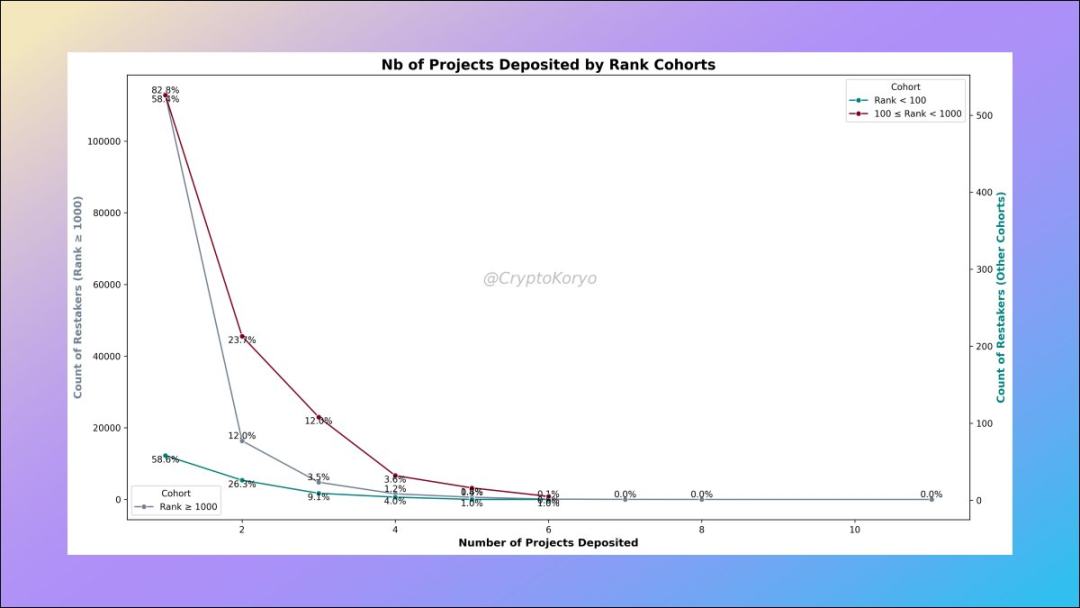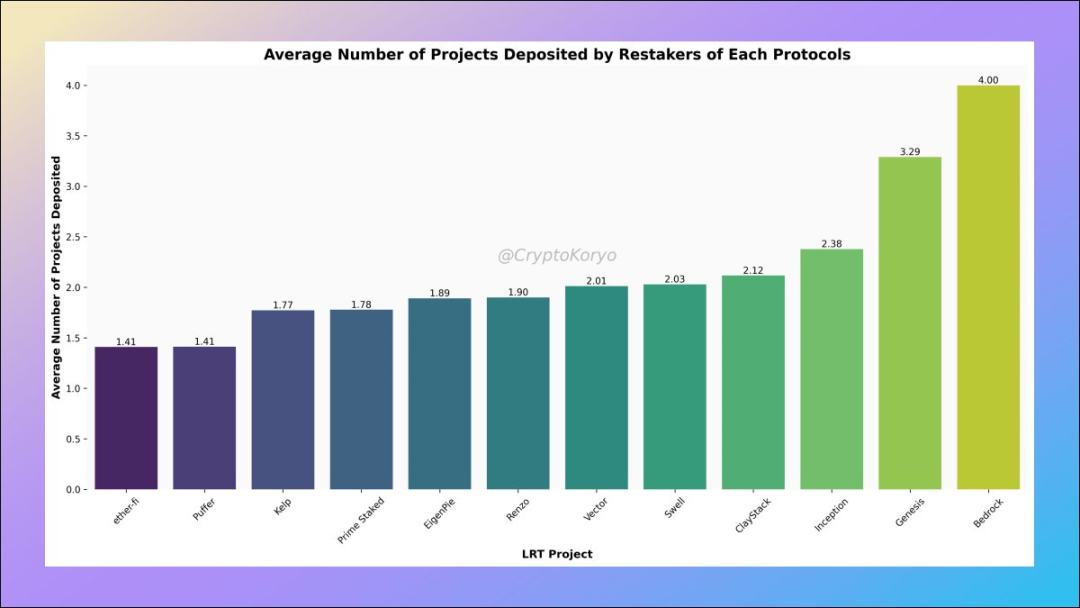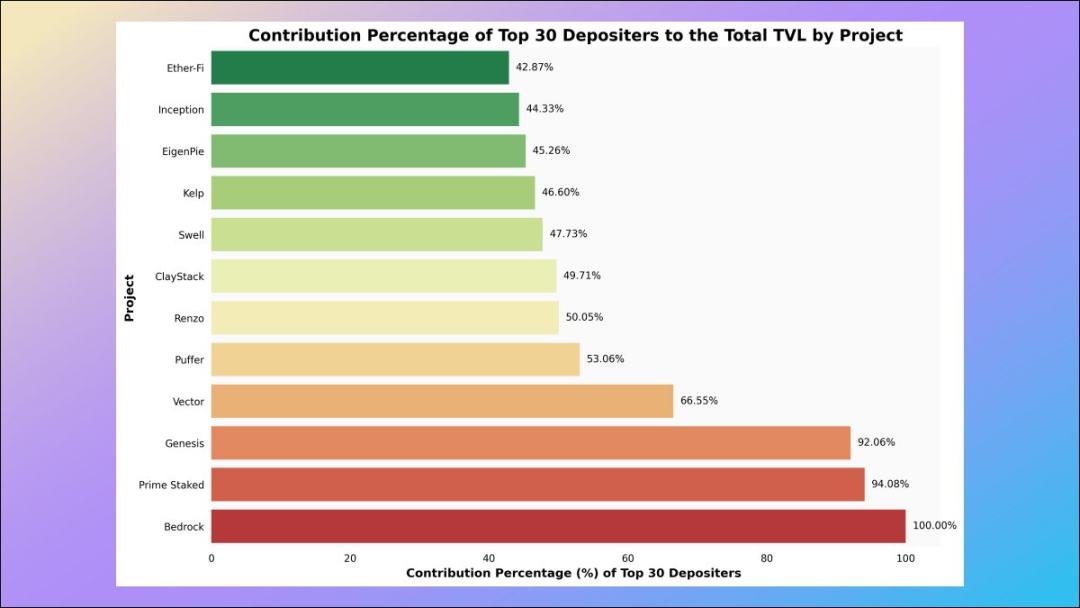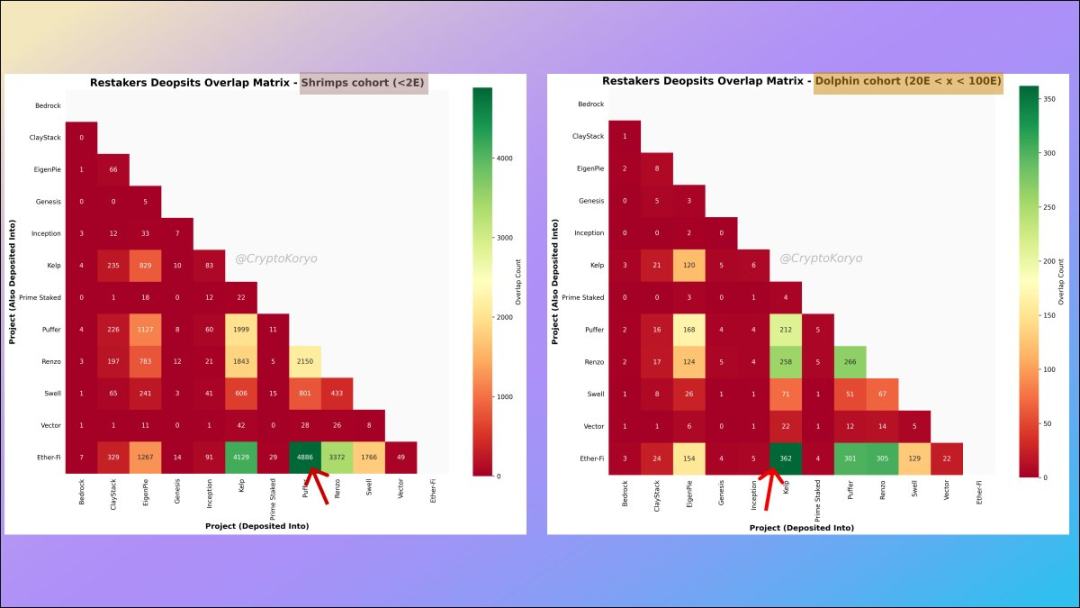10 charts to help you gain insights into the current state of the LRT track
Author: Crypto Koryo
Compiled by: Frank, Foresight News
The TVL of Liquidity Re-staking Tokens (LRT) has reached $3.6 billion, undoubtedly making it one of the most promising narratives of 2024.
So, what exactly are the re-staking addresses doing? How are they allocating funds? Where are they farming? Which LRT protocols are most commonly used?
To address these questions, this article will provide a panoramic introduction and analysis based on 10 exclusive charts regarding the behavior of re-staking addresses (Note: All data comes from the "LRT whales" dashboard on Dune).
1. Categories of Addresses Making Initial Deposits in LRT Protocols
If we look at the LRT deposit addresses across all relevant protocols and observe the large-scale concentration trend of their first LRT deposits, we will see three waves of participants:
Visionaries ------ December 2023;
Early Majority ------ Late January 2024;
Late Majority ------ Early January 2024;
By the way, this is a very common pattern that can be seen in the early development of many protocols/narratives.
2. Total Number of LRT Deposit Addresses and Deposit Strategies
So far, approximately 140,000 wallet addresses have deposited funds into LRT protocols.
How many protocols have they deposited into, and what is the average (median) deposit amount? The vast majority have deposited into more than one protocol, with deposit amounts of less than 1 ETH.
Some farmers, who are positioning themselves for airdrops, are depositing into LRT protocols as much as possible—though this is just a minority group and not the most popular farming strategy.
Among them, an address starting with 0xd6d3 has made deposits in all 11 LRT protocols.
3. Deposit Amounts of Re-staking Addresses
How much capital have re-staking addresses deposited?
If we exclude the top 5% of whales by deposit amount, we find that the vast majority of wallet addresses have deposited less than 2 ETH—these wallets are positioning themselves for EigenLayer-related airdrops and maximizing their points.
4. Number of Addresses by Deposit Amount Range
Among them, 147 wallet addresses have deposited over 1000 ETH into LRT protocols, some of which are related to individual protocols, while addresses like analytico.eth have split their funds across multiple LRT protocols.
5. ENS Word Cloud of Re-staking Addresses
If you are following the LRT narrative, you should be familiar with some of the ENS names of LRT whales (size is proportional to total deposit amount):
analytico.eth
vladilena2.eth
Christian2022
luggis.eth
czsamsunsb.eth
58bro.eth
6. Address Research Ranked by Deposit Amount
We can rank LRT deposit addresses by total deposit amount and then define different groups based on the rankings.
We observe that wallet addresses ranked > 1000 tend to deposit into more protocols, while 94% of wallet addresses ranked < 100 deposit into 3 or fewer protocols.
7. Protocol Loyalty
On average, users depositing into ether.fi and Puffer (on average) only re-stake in 1.41 protocols, indicating their confidence in these two protocols.
However, users depositing into smaller protocols like Bedrock, Genesis, and Inception are indeed engaging in distributed farming and decentralized staking.
8. Contribution of Whales
This is an interesting aspect where we can study how much of the total TVL of each LST protocol comes from the top 30 deposit addresses—the lower this ratio, the healthier and more decentralized the liquidity of the corresponding LST protocol.
The LRT protocol with the largest TVL, ether.fi, ranks first in terms of decentralization measured by this data!
9. Correlation Matrix of LRT Protocols
What other LST protocols do depositors of a certain LST protocol commonly use?
Data shows that depositors of ether.fi also tend to deposit into Kelp and Puffer (and vice versa), revealing some interesting correlations.
10. Correlation Matrix of LRT Protocols by Different Deposit Addresses
We can define different groups and conduct deeper analysis.
For the Shrimp cohort (total deposit amount less than 2 ETH), the most popular LRT associated protocols are ether.fi and Puffer, while for the Dolphin cohort (between 20 and 100 ETH), the most popular LRT associated protocols are ether.fi and Kelp.





